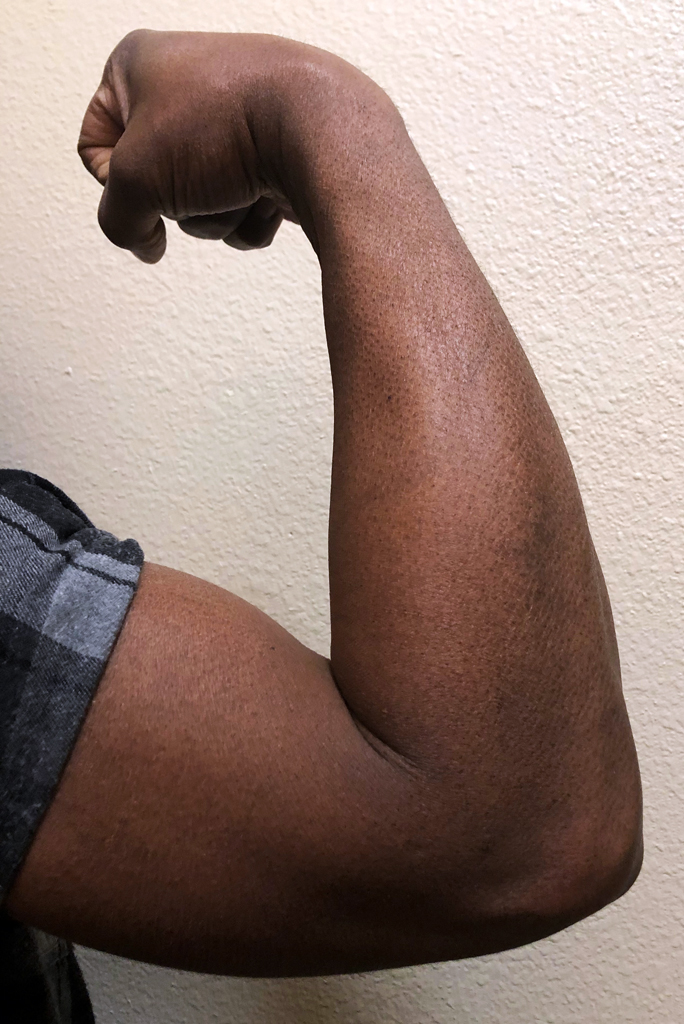This week I’m telling you about yet another interesting place on my walking tour of the Auraria neighborhood in downtown Denver. After all the other wonderful sights in this area, I was even more delighted to encounter the Ninth Street Historic Park. It’s not just an open, green park. Rather, it’s a city block with restored houses from the late 1800s/early 1900s.
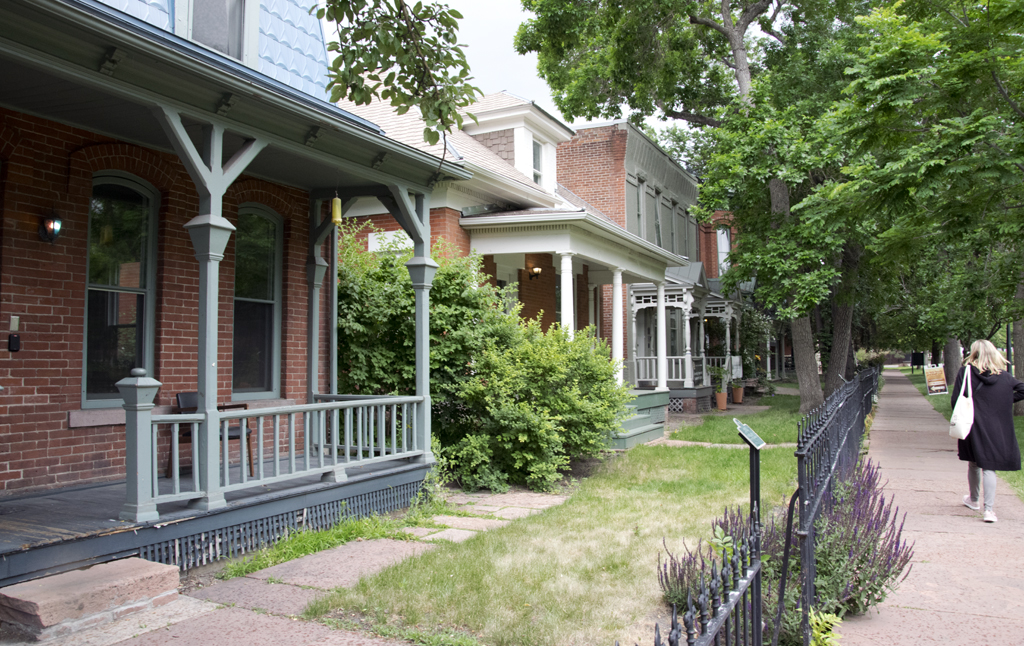
Two trolley lines used to run down this street: one was a Denver line and one went to Golden. A water main installed prior to 1890 allowed indoor plumbing.
A huge flood damaged most buildings in the area in 1965, then urban renewal projects took down most of the original buildings in subsequent years. Fortunately, these particular houses were saved.
If you remember my post about Auraria, you’ll know it’s now a campus shared by three colleges. Most of the buildings on campus are new since the 60s and 70s, but some, like the Emmanuel Art Gallery and St. Elizabeth church have been saved and restored.
Ninth Street Historic Park is no exception. Like the original Tivoli brewery and the St. Cajetan church buildings, also on campus, the houses here are on the National Register of Historic Places and the Denver Landmark Preservation list, which saved them from destruction. It’s the oldest restored residential block in Denver.
The houses here are mostly Victorian, which means they were built during the reign of England’s Queen Victoria (1837-1901). It’s an interesting and popular era, one in which Darwin posited the Theory of Evolution, the Industrial Revolution had its heyday, and science, invention and technology advanced in leaps and bounds. Along with that, art and architecture matured as well. People moved from the farms to the cities, and a new middle class, with money and time for leisure, flourished.
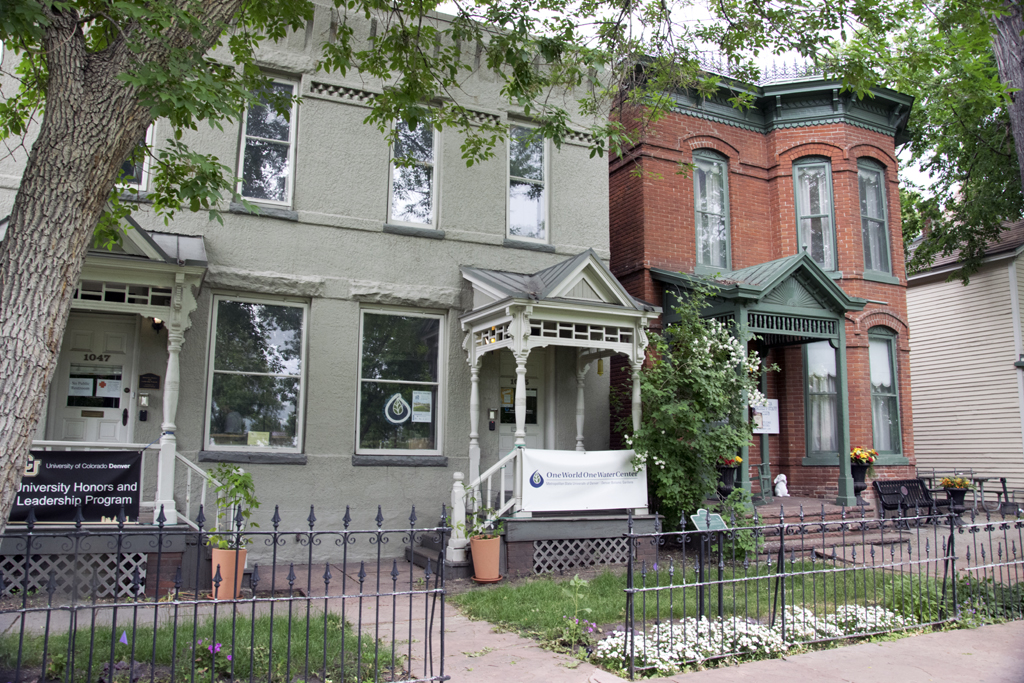

There are 14 original houses in the Ninth Street Historic Park. The park itself is three acres and opened in 1977. The two oldest houses were built in 1876. Five or six of them are considered “territorial”, not because they aggressively defend their own yards, but because they were constructed when Colorado was a territory. It entered the union in 1876, 100 years after the signing of the Declaration of Independence. Hence its nickname: the Centennial State.
I think the Ninth Street restoration was done with much forethought. There’s a small amphitheater on one end and paths for students walking to class seem to be intelligently and aesthetically designed.
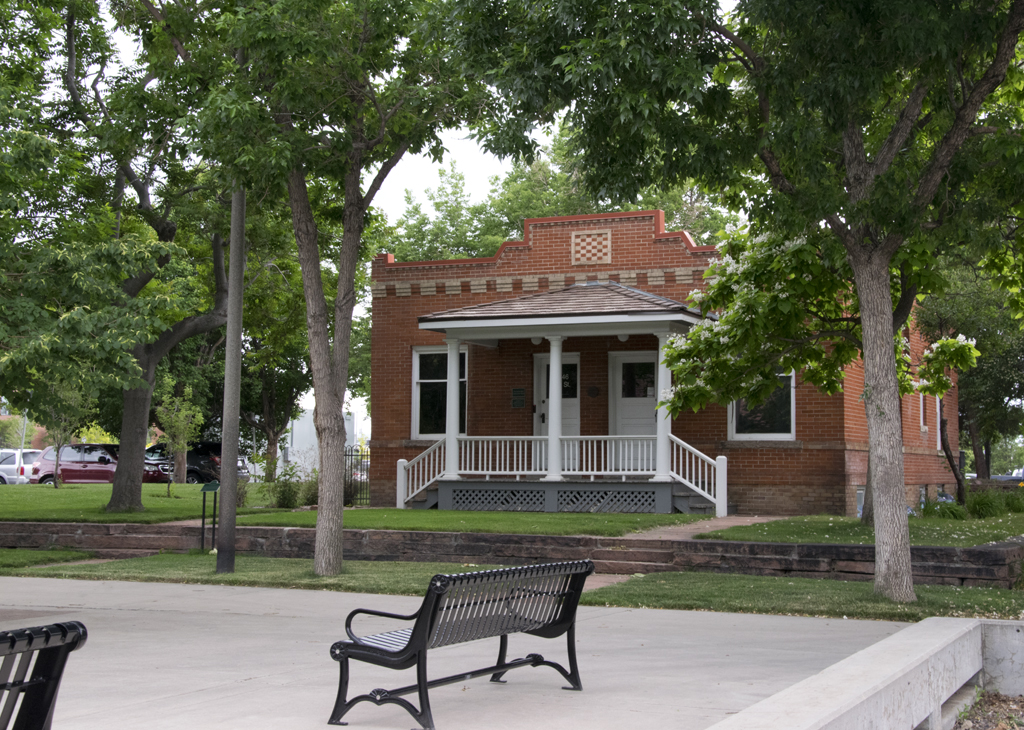
A park-like lawn took the place of the street. It’s one of the largest open green areas downtown today. Flagstone from the whole of Auraria was used to reconstruct the sidewalks. I guess they had lots of it when they were razing the rest of the neighborhood. Notice how they left the original granite curbs in place on Ninth:

Note that the natural rock and soil in Colorado usually has a reddish hue. That’s because of the high amount of iron. Anytime you see reddish stone or concrete around here, you can bet it’s native Colorado materials. In fact, the name Colorado comes from the Spanish phrase color rojo, which means “red color”. It’s also why many signs say, “Welcome to colorful Colorado.”
But back to Ninth Street. The gardens around the houses are planted only with period- and climate-accurate vegetation.
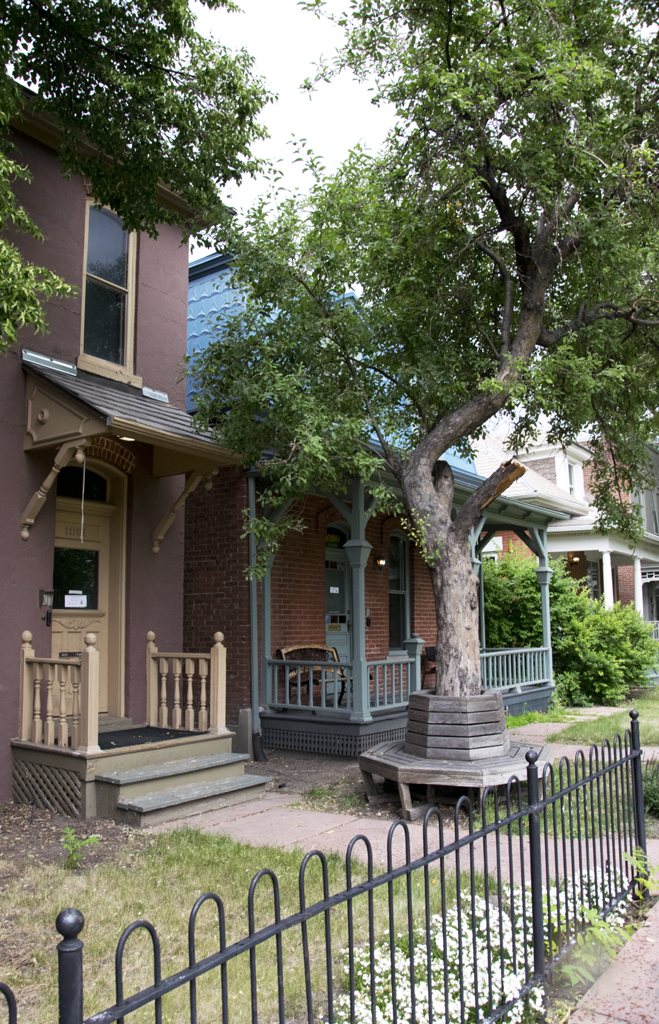
Only two of the houses have a wood frame structure. Denver passed an ordinance in 1874 requiring brick because of the fires that had destroyed earlier neighborhoods.
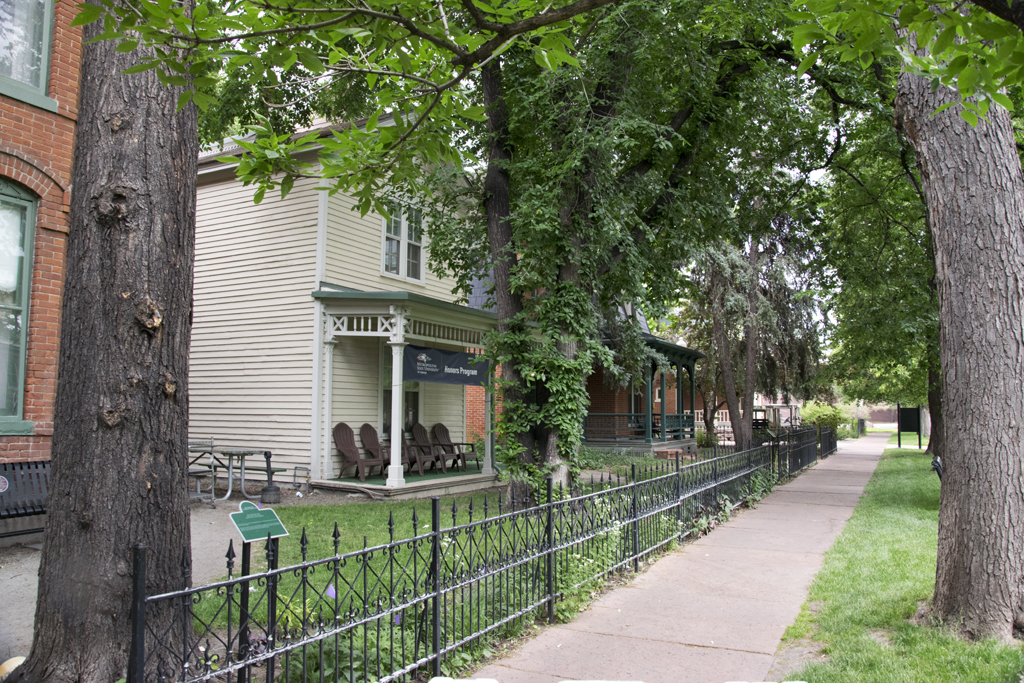
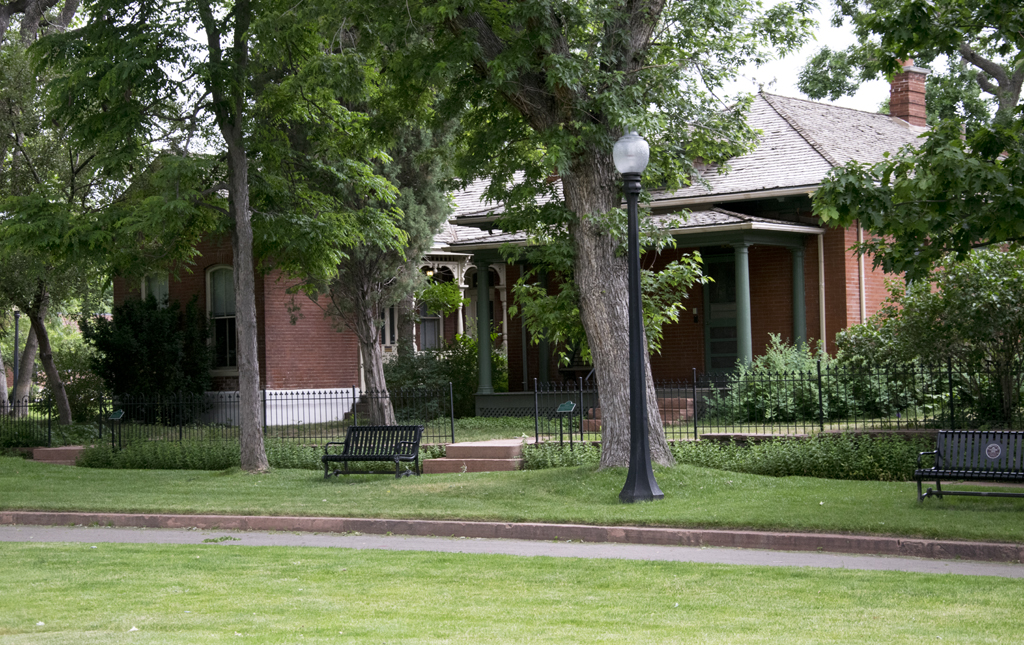
Today, the restored structures provide 35,660 square feet of faculty and staff offices, plus a few eating joints, for the campus.
Of course, the park is free and it’s wonderful! I actually visited inside one of the houses that is now a restaurant, so you’ll see that in a future post, as well as some interesting info about a few of the other houses. Stay tuned!
Photo for No Apparent Reason:
